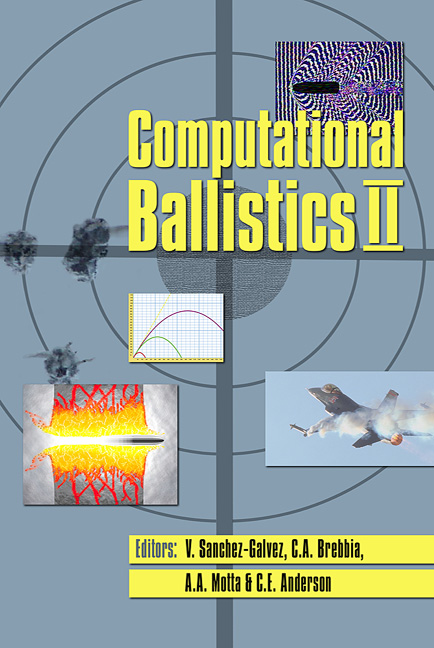Unconstrained Flight And Stability Analysis Of A Flexible Rocket Using A Detailed Finite-element Based Procedure
Price
Free (open access)
Transaction
Volume
40
Pages
11
Published
2005
Size
1,015 kb
Paper DOI
10.2495/CBAL050341
Copyright
WIT Press
Author(s)
D. J. McTavish, D. R. Greatrix & K. Davidson
Abstract
This paper presents a flight and aeroelastic stability study of a small lightweight rocket being developed at Ryerson University for small payload delivery to high altitudes. The emphasis is on a relatively sophisticated approach to the structural modeling coupled to a coefficient-based aerodynamic analysis. The flexible rocket model is derived from a standard small-motion finite-element model and is fully unconstrained in three dimensions, supporting arbitrary translation and rotation. The centripetal and Coriolis terms required for large body angular rates are all included. The methodology is part of a more general effort to implement an unconstrained flexible vehicle modeling procedure that models structures as they are without significant restriction or fallback to degenerate structural forms or manually produced models. The finite-element method is used for its ability to produce accurate detailed geometrical models of structures and to exploit the commercial software that facilitates the production of such models. In this case study the reduced-order version of the high-detail model is chosen to address potential rocket fin flexibility issues. The aerodynamic model of the rocket treats the fuselage and fins as separate aerodynamic entities for which simple bodybased theoretical and/or empirical theory can be applied. Aerodynamic coefficients were obtained from the Missile DATCOM software package, and built into interpolation tables to cover the speed range from subsonic to supersonic. Keywords: rocket flight, aeroelastic stability, flexible body dynamics.
Keywords
rocket flight, aeroelastic stability, flexible body dynamics.




